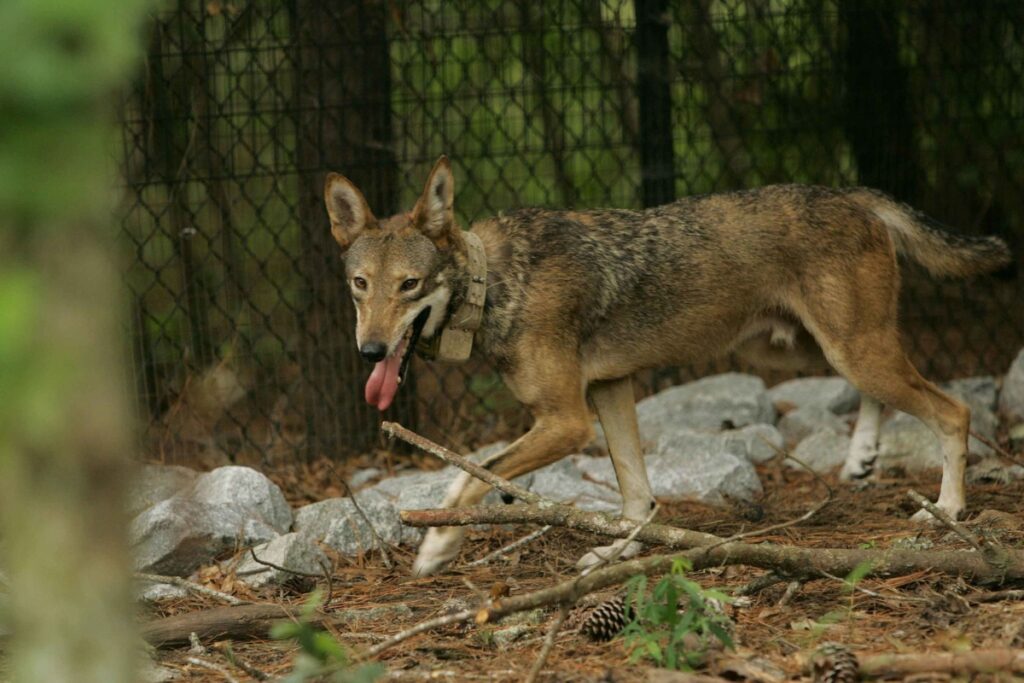
The United States is home to an extraordinary range of ecosystems, from dense forests to rid deserts, which support some unique and rare animals. Here’s a list of ten incredible species that exist solely within the country’s borders—creatures whose survival depends on the continued conservation of their natural habitats.
1. Hellbender: The Giant Appalachian Salamander

The Eastern Hellbender is a large salamander that thrives in the cool, clear streams of the Appalachian Mountains. This aquatic creature can grow up to 29 inches, making it the largest salamander in North America. It feeds on crayfish, insects, and even smaller salamanders. Hellbenders have an unusual look with wrinkled skin that helps them absorb oxygen from water, allowing them to spend most of their lives submerged. While pollution threatens their habitats, conservation efforts are underway to help this unique amphibian thrive.
2. Red Wolf: A Rare Southeastern Predator
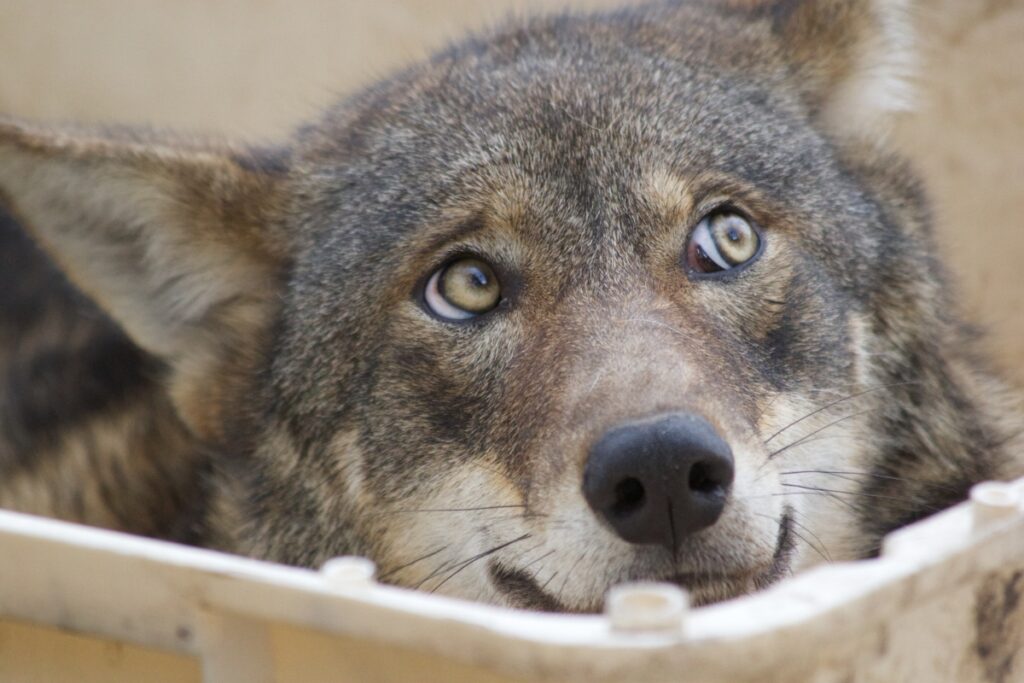
With its reddish fur and lean build, the red wolf is one of the rarest wolf species in the world. Once widespread across the southeastern U.S., this animal now roams only in select regions of North Carolina. Red wolves are slightly smaller than their gray wolf cousins and are known to form tight family packs. Adapted to forests, swamps, and grasslands, they hunt small mammals, helping to balance local ecosystems. Today, the species faces significant challenges, like habitat loss and competition with coyotes, making them a conservation priority.
3. Utah Prairie Dog: The Desert’s Socialite

Found only in southern Utah, the Utah prairie dog is the smallest species of prairie dog and is known for its social lifestyle and extensive underground burrows. These herbivorous animals play an important role in the desert ecosystem by aerating the soil and providing food for predators. Living in colonies that sometimes have thousands of members, they hibernate through the colder months. Habitat encroachment has put these prairie dogs on the endangered list, but ongoing protective measures are helping to stabilize their numbers.
4. Island Fox: The Miniature Canid of California
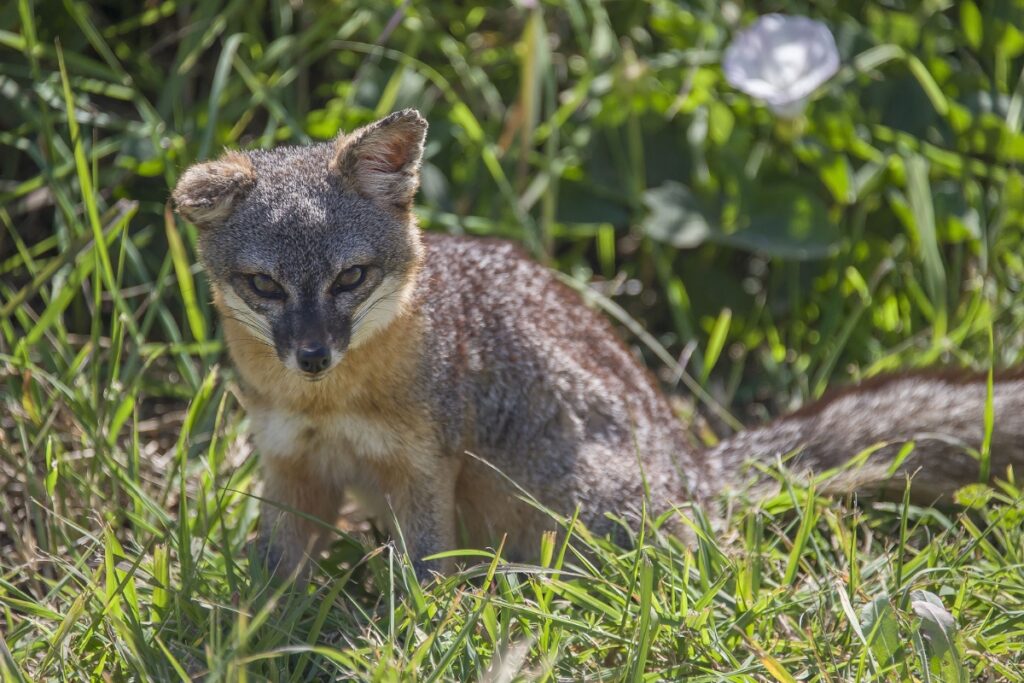
Native to the Channel Islands off southern California, the island fox has evolved into several distinct subspecies, each unique to its island. Weighing as little as two pounds, this tiny fox relies on a varied diet of fruits, insects, and small animals. Conservationists stepped in when the population fell to critical levels in the 1990s, and thanks to dedicated programs, the island fox made an impressive comeback. Today, visitors to the Channel Islands may catch a rare glimpse of this little fox as it prowls its coastal habitat.
5. Kaibab Squirrel: Arizona’s White-Tailed Climber

The Kaibab squirrel is found only on the Kaibab Plateau in Arizona, where its unique white tail and tufted ears blend seamlessly into the ponderosa pine forest. These squirrels rely on the trees’ pinecones as their primary source of food, making them an essential part of this high-altitude ecosystem. They play a crucial role in seed dispersal, helping to maintain forest health. Protected within Grand Canyon National Park, the Kaibab squirrel serves as an ecological ambassador for Arizona’s rich wildlife.
6. Alligator Snapping Turtle: A River-Dwelling Powerhouse
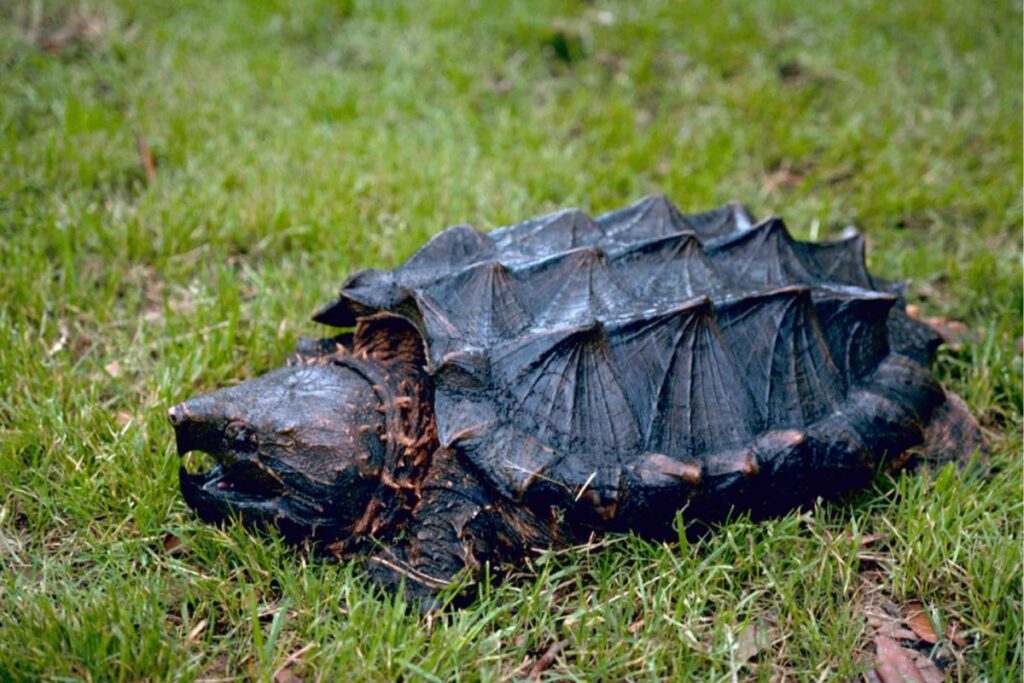
Recognizable by its massive, ridged shell and hooked beak, the alligator snapping turtle is native to rivers and swamps in the southeastern U.S. It’s known for its unique hunting strategy—this turtle lies in wait on riverbeds with its mouth open, using a worm-like appendage on its tongue to lure prey. Despite their intimidating appearance, these reptiles help keep waterways clean by feeding on fish and other small animals. Conservation programs aim to protect their habitat from further destruction.
7. Gunnison Sage-Grouse: The Colorado Dancer
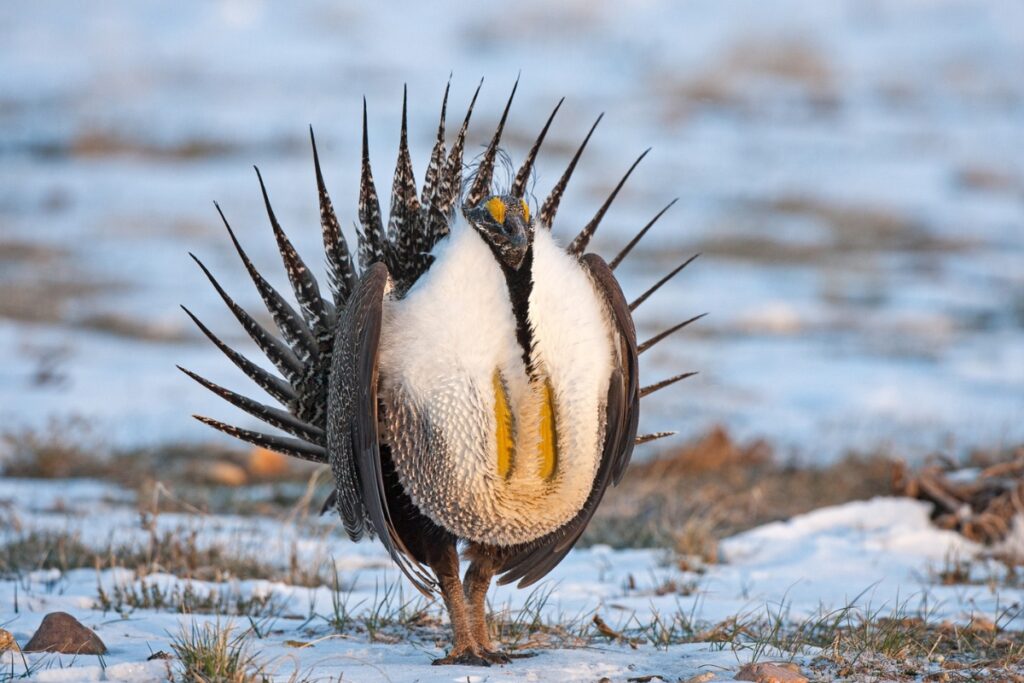
The Gunnison sage-grouse is a rare bird that lives in the sagebrush-strewn landscapes of Colorado and parts of Utah. Males of this species are famous for their elaborate courtship displays, in which they puff up their chests and fan their tails to attract mates. Much smaller than their greater sage-grouse relatives, they rely heavily on sagebrush for both food and shelter. Land development and agriculture threaten their habitat, but collaborative conservation work is helping to preserve the spaces this bird needs.
8. Texas Blind Salamander: The Underground Navigator

This pale, sightless salamander resides in the limestone caves of central Texas, where it has adapted to complete darkness. With feathery gills and translucent skin, the Texas blind salamander thrives in underground aquatic habitats, feeding on small invertebrates. Although it lacks eyesight, it relies on acute senses of touch and taste to navigate its surroundings. Conservation efforts in Texas aim to protect this sensitive species, as its habitat is particularly vulnerable to groundwater pollution.
9. Hawaiian Hawk: The Spirit of the Islands
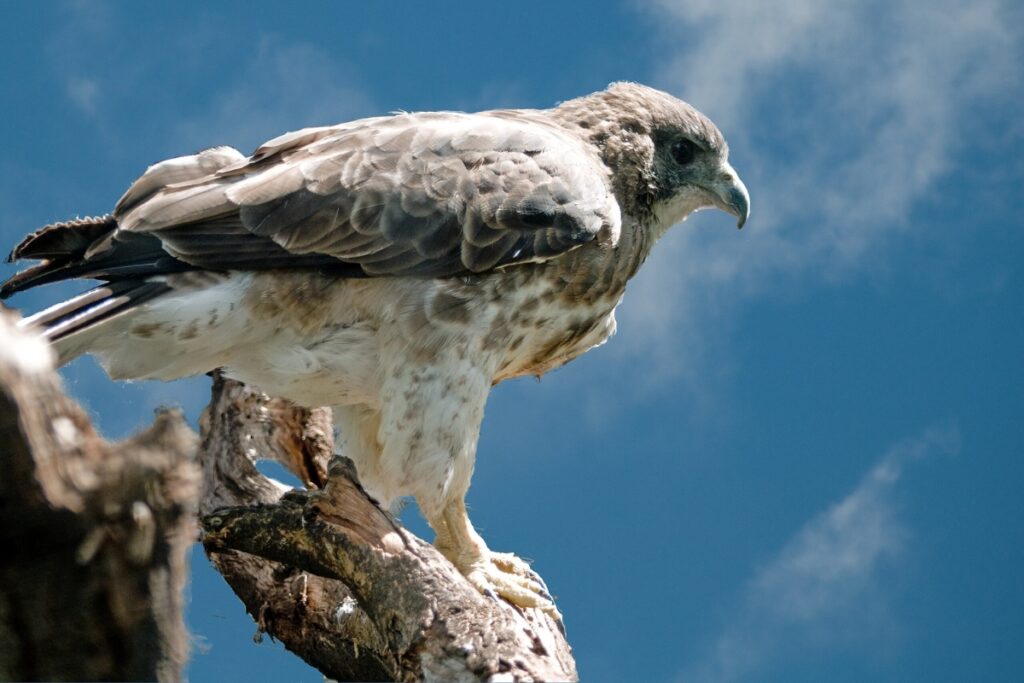
The Hawaiian hawk, or ‘Io, is a powerful raptor that resides exclusively in Hawaii, especially on the Big Island. With its dark brown feathers and piercing yellow eyes, this hawk is an impressive sight. Revered in Native Hawaiian culture, it hunts birds, insects, and small mammals across forests, grasslands, and even urban landscapes. Threats from habitat loss and predation have placed this bird on the endangered list, but protection efforts are helping to secure its future.
10. Olympic Marmot: Whistling Sentinels of Washington
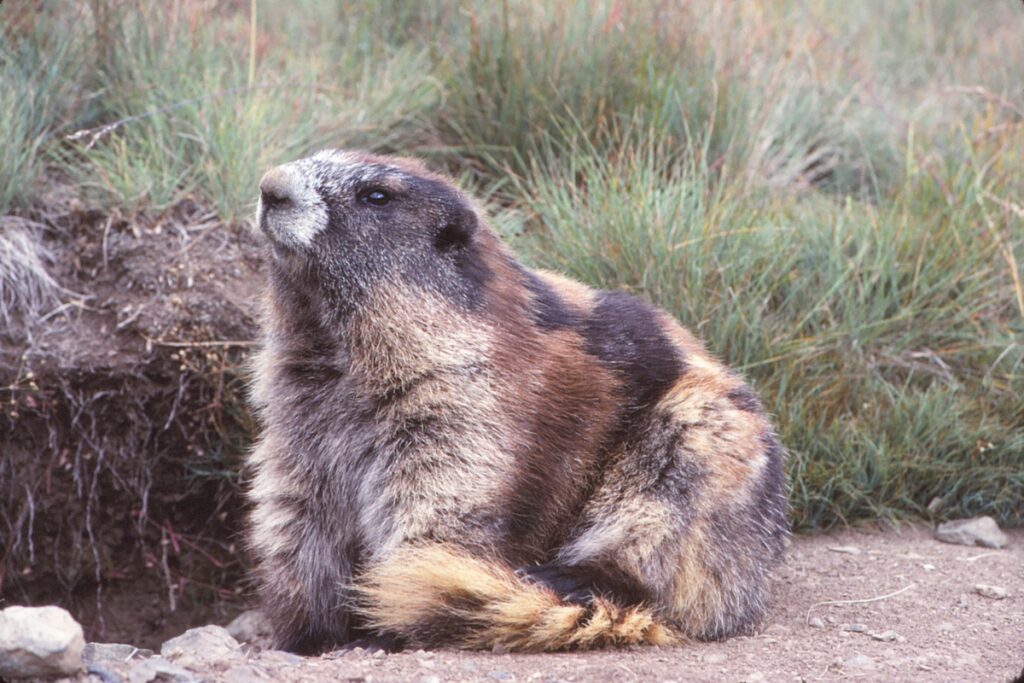
The Olympic marmot calls the alpine meadows of Washington’s Olympic Peninsula home. Known for their whistle-like calls, these marmots live in colonies high in the mountains, feeding on grasses and flowers. During winter, they hibernate in burrows to survive the snow-covered months. While they’re fairly isolated, their numbers have been impacted by climate shifts and habitat disruption. Conservationists are working to ensure that these furry mountain dwellers continue to thrive.
Click here to visit the AnimalPlanet HQ profile page and be sure to hit the follow button!







